 Your new post is loading...
 Your new post is loading...
Key messages Spatial information, coming from Earth observation technologies and GPS, is pivotal in facilitating both the due diligence of cocoa operators and the regulatory controls implemented by EU Member Statescompetent authorities under the EU Deforestation Regulation (EUDR).
• Forest cover data aligned with the FAO forest definition and the 2020 cut-off datecwould be a key source of information to assess risks of EUDR non-compliance.
• No single data set or map can provide sufficiently accurate information to be used as the sole source of data to determine cocoa’s EUDR compliance. Operators should use and combine the best information at their disposal to determine the risk of non-
compliance.
• Nationally produced data, when developed through robust methodologies aligned with the EUDR definitions, can serve as a primary source of information for compliance risk assessment.
• Protected areas boundary data is essential to assess compliance risks with national legal requirements related to land-use rights and the environment. As this data is part of producing countries’ legal frameworks, access to this information through official government sources would facilitate operators’ EUDR compliance risk assessment.
• When cocoa is produced in authorised agricultural areas within protected areas, the availability of accurate official evidence of legality remains a major challenge for due diligence
Environmental science and conservation news...
L'élevage est certes l'un des principaux moteurs de la transformation des paysages naturels en Amazonie colombienne, avec des impacts négatifs sur la biodiversité et les services écosystémiques clés fournis par les écosystèmes forestiers.
Dubai, UAE, 11 December 2023: Sustainable forest management, sustainab...
A réécouter : Le Bassin du Congo, une expédition au cœur des tourbières et une histoire qui reste à écrire 48:30 Bassin du Congo : une expédition au cœur des tourbières (Épisode 1)Deuxième plus grande forêt équatoriale au monde,...
As already known, Jose Bolaños (IUFRO HQ) presents the podcast, and our cohost spotlights rotate to offer diverse perspectives. This time, we were delighted to have Peter Edwards, a senior researcher at Manaaki Whenua – Landcare Research, New Zealand.
The European Union recently published new guidelines to “promote biodiversity-friendly and adaptive forest management as part of a common framework for closer-to-nature forest management”. Although it is relatively common in Central Europe, it has been sparsely adopted in Southern Europe and...
Forest restoration is emerging as a key climate mitigation strategy. In this study, the authors find that formalized local control and substantive involvement in rule-making are associated with synergies for carbon sequestration, biodiversity and rural livelihoods.
Perspectives scientifiques sur le rapportage des émissions issues des forêts non gérées - Forêt Bois...
The results could indicate populations of more typical prey in southern Mexico are shrinking.
New OECD analyses show an increase in climate finance provided and mobilised by developed countries for climate action in developing countries in 2021.
With about 1,500 species, the diversity of birds in east Africa is nearly overwhelming.
Pattaya, Thailand, 14 November 2023: The European Union’s new re...
|
L'actualité du développement durable avec Médiaterre, le système d'information mondial francophone pour le développement durable concourt à la mise en oeuvre du développement durable dans l'espace francophone par la diffusion et l'échange d'informations, et l'aide à la constitution de réseaux de...
Une nouvelle note de politique forestière publié par le groupe scientifique pour l'Amazonie, lancé lors de la COP 28, souligne la nécessité de réviser les régimes d'exploitation forestière en Amazonie tout en promouvant la sylviculture des forêts secondaires et dégradées ainsi que les plantations...
Une série en cinq volets suit un Mongol, un Papou, une Canadienne, un Gabonais et un Brésilien, qui vouent leur vie à protéger les bois qui les ont vus naître.
Avec l'utilisation massive des téléphones, il est facile de prendre en photo un animal puis de le poster sur un réseau social. Facebook est devenu un outil utile pour les scientifiques pour le recensement des espèces.
C’est la mort d’un infatigable défenseur de la nature. Yacouba Sawadogo, est décédé ce dimanche 3 décembre à Ouahigouya, dans le nord du Burkina Faso, à 77 ans. L’homme avait acquis une renommée internationale…
Quelles zones privilégier pour l’agriculture ? Où faut-il assurer la conservation des forêts et des tourbières ? Comment répondre aux besoins énergétiques des ménages urbains tout en réduisant la dépendance au charbon de bois ? Dans un objectif de diversification économique et de sécurité
Le président brésilien, Lula, présentera les détails du dispositif, supposé couvrir 80 pays, lors de la 28ᵉ conférence des Nations unies sur le climat, qui se tiendra à Dubaï du 30 novembre au 12 décembre.
RT @GIP_Ecofor: 🌳TRIDIFOR 2023 - Méthodes innovantes d'analyse de données 3D en forêt
🔴La première session du colloque est désormais dispo…
Treize ans après le premier bilan, l’actualisation de l’état de la flore vasculaire de l’île de La Réunion fait apparaître une situation très préoccupante, marquée par une forte aggravation : 41 % des espèces sont aujourd'hui menacées contre 30 % en 2010.
L'actualité du développement durable avec Médiaterre, le système d'information mondial francophone pour le développement durable concourt à la mise en oeuvre du développement durable dans l'espace francophone par la diffusion et l'échange d'informations, et l'aide à la constitution de réseaux de coopération.
Directive punishes most serious cases of environmental damage, including habitat loss and illegal logging...
Forests are a substantial terrestrial carbon sink, but anthropogenic changes in land use and climate have considerably reduced the scale of this system1. Remote-sensing estimates to quantify carbon losses from global forests2–5 are characterized by considerable uncertainty and we lack a comprehensive ground-sourced evaluation to benchmark these estimates. Here we combine several ground-sourced6 and satellite-derived approaches2,7,8 to evaluate the scale of the global forest carbon potential outside agricultural and urban lands. Despite regional variation, the predictions demonstrated remarkable consistency at a global scale, with only a 12% difference between the ground-sourced and satellite-derived estimates. At present, global forest carbon storage is markedly under the natural potential, with a total deficit of 226 Gt (model range = 151–363 Gt) in areas with low human footprint. Most (61%, 139 Gt C) of this potential is in areas with existing forests, in which ecosystem protection can allow forests to recover to maturity. The remaining 39% (87 Gt C) of potential lies in regions in which forests have been removed or fragmented. Although forests cannot be a substitute for emissions reductions, our results support the idea2,3,9 that the conservation, restoration and sustainable management of diverse forests offer valuable contributions to meeting global climate and biodiversity targets. Analysis of ground-sourced and satellite-derived models reveals a global forest carbon potential of 226 Gt outside agricultural and urban lands, with a difference of only 12% across these modelling approaches.
|



 Your new post is loading...
Your new post is loading...



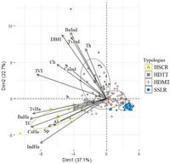



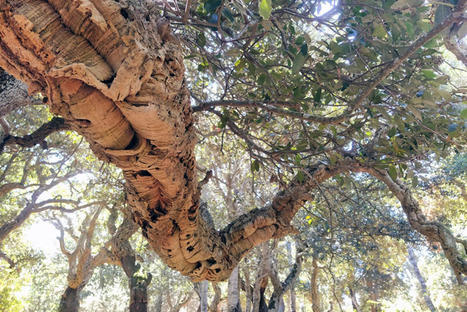
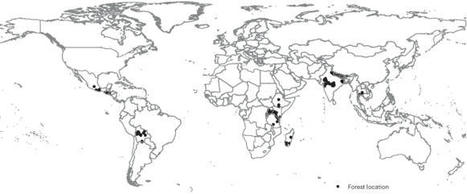
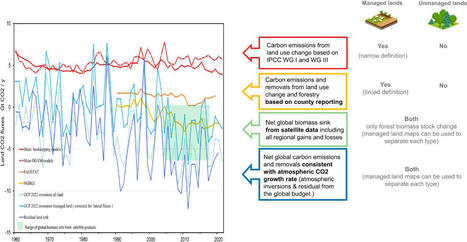





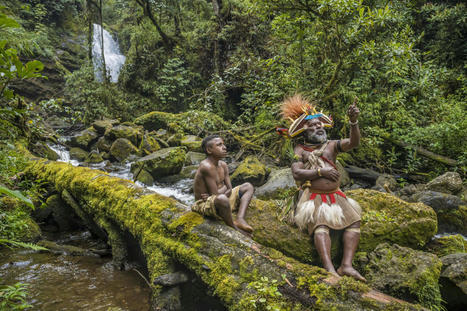




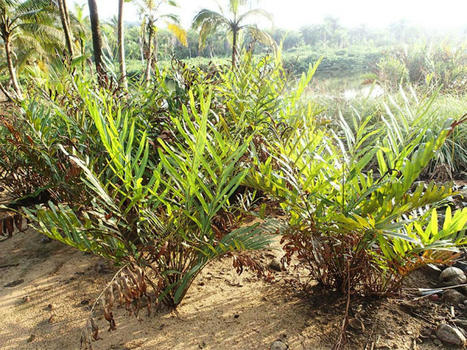








Le document est également disponible en version française et espagnole.